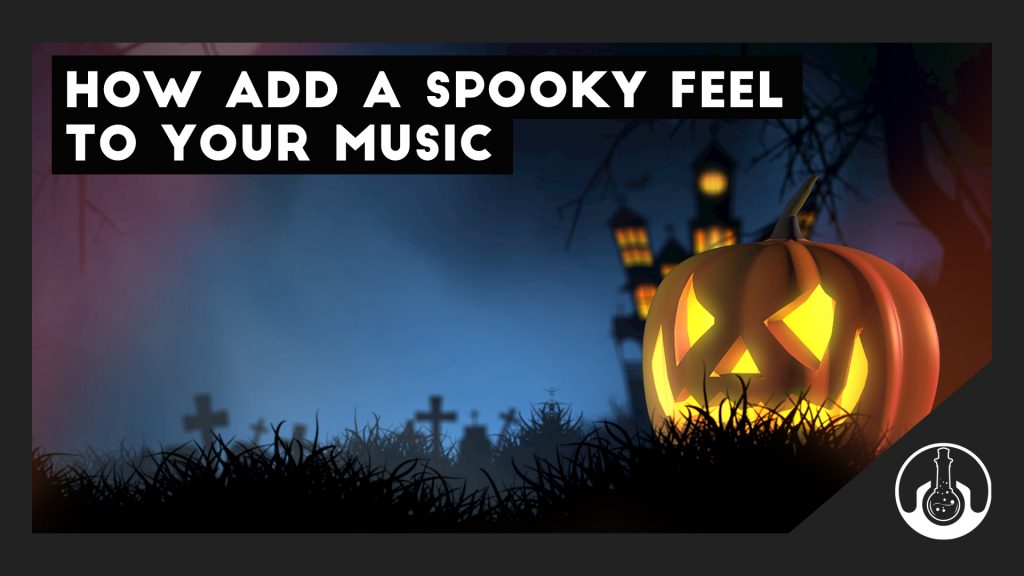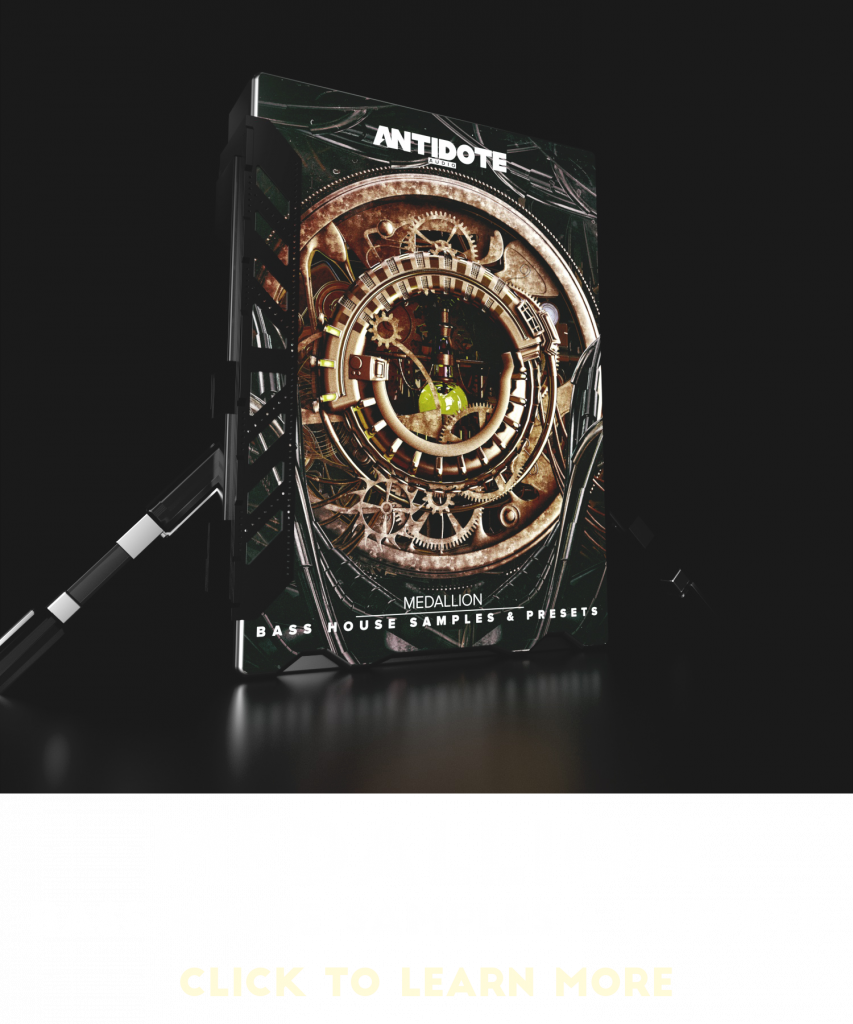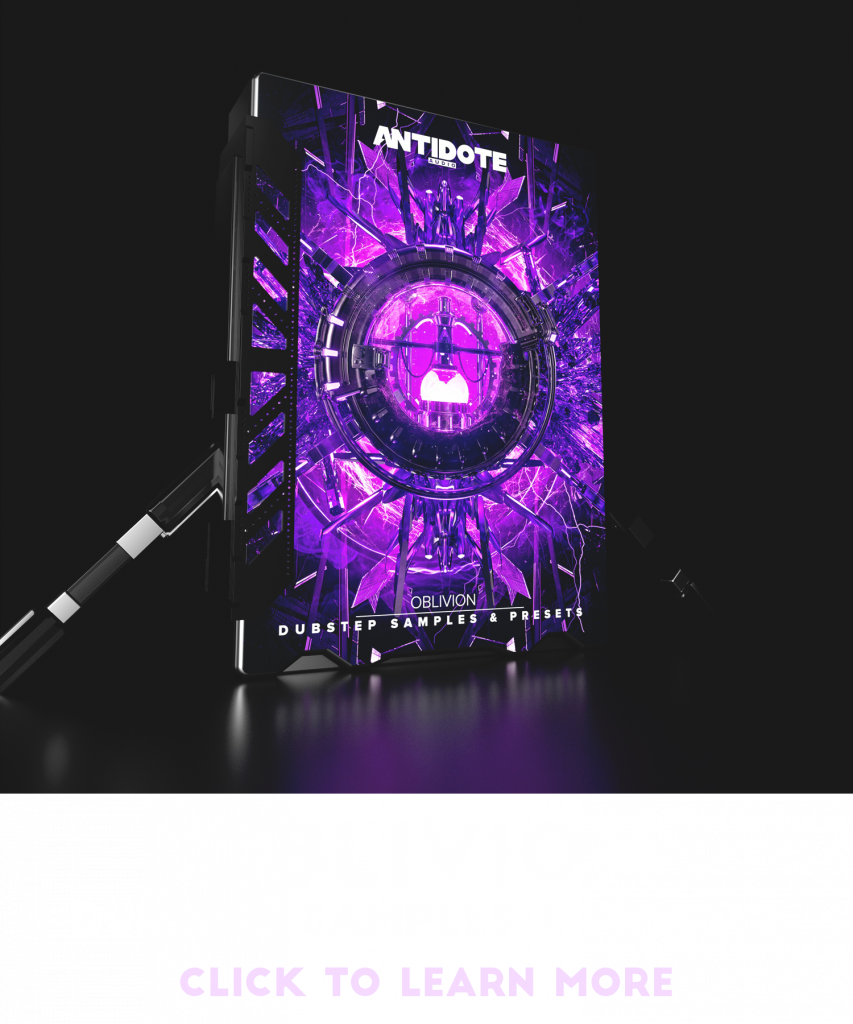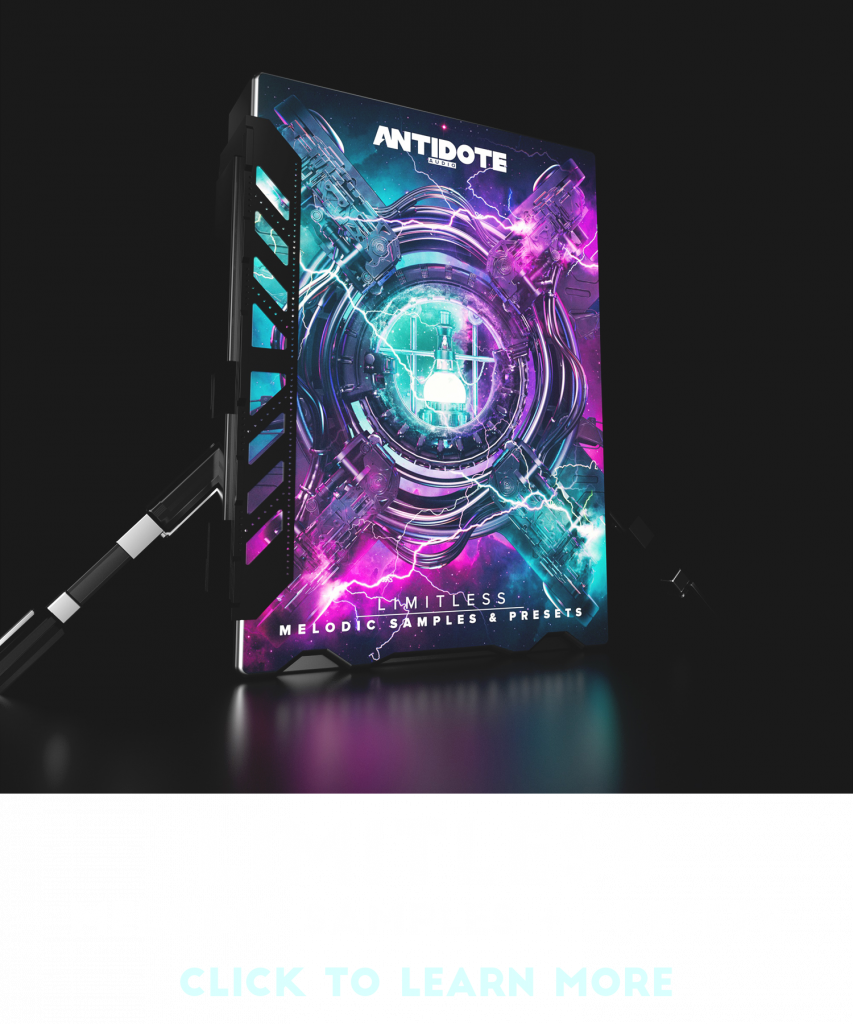
Writing spooky music for some of us can be quite hard and definitely out of our comfort zone when it comes to producing. Don’t worry! We’ve assembled a heap of top tips to help you out when it comes to making your tracks extra spooky for this halloween.
1. Start with a Minor Scale.
This part is crucial and with set the scene for the rest of your track! If you think about it, happy and playful music tends to be written in a Major Scale, where as tracks made using a Minor Scale tend to be on the sad and more on the emotional side. By selecting a minor scale to write with, straight off the bat you’ve helped your track to provoke more emotion. For Halloween however I would highly recommend a “Harmonic Minor Scale” as it changes only 1 note in the minor scale and this one note makes all the difference! That small changes the feel of the minor scale from being emotional to downright suspenseful. Remember, Minor Scales work well, Harmonic Minor Scales work even better! Look at the example below comparing the 2 scales and see which note the harmonic minor changes.

2. Use Dynamics to your Advantage
As fun as it is to ‘sausage fatten’ everything, in order to create the essential ‘tension and release’ needed to add to the spooky feel in halloween music, you need to play around with dynamics and introduce quiet parts in contrast to the loud parts to your track (eg the drop). Imagine if the sound in a film was just at one consistent volume the whole time? Imagine that a full on war scene was the same volume as someone trying to creep around the house and get a midnight snack. It wouldn’t feel right would it? Use dynamics to your advantage and take the listener on a suspenseful ride.
3. Try a Vibrato or Tremolo on Your Leads
There’s a reason why the Tremolo effect on violins work ridiculously well in film scores. (check out the example here) The effect it plays on the violins just sound really unsettling and suspenseful to the ear and whats more, we’ve become so used to become anxious when we hear that effect because its been used in countless films before something shocking happens (or before the bad guy does something.) So what we need is a similar effect for your leads in your songs?
There are 2 types of standard effects which work well to creating a similar sound. Vibrato (modulating pitch) & of course Tremolo (modulating volume).
In Xfer Records Serum you can create a vibrato effect by mapping an LFO to the fine pitch of an oscillator to create a vibrato effect. In Native Instruments Massive, you’ll find the dedicated vibrato section in the OSC tab. (Most VSTs should have a vibrato part of the plugin somewhere, it’s just a matter of finding it). For tuning in the right setting for the vibrato, well, you’ll be able to hear what you think works and what is a bit overkill.
And as for the Tremolo effect, for example in Ableton, use the Auto Pan with a fast rate (5.3hz and above), the phase set to 0 and the amount at around 20-40% In FL Studio, try using Gross Beat with the built in Tremolo presets.
Picture below 1, Normal Sine Wave. 2, Vibrato Sine Wave. 3, Tremolo Sine Wave

4. Leads & Organs
Many old scary movies rely heavily upon Organs and Glockenspiels to play the spooky themes. Just like the one we all know and love. (to the right ) However, if you don’t have an organ lying around or a VST Organ, you can create a pretty compelling Organ sound by using stacked sine waves (different octaves), a little detune, a little distortion, a touch of chorus, heaps of reverb and a Tremolo effect described above. Or if you have a Phase Rotation plugin, use that instead of the Tremolo! Alternately for Pluck sounds, a sharp transient and a clean sine wave body will do the trick.
5. Arpeggiation & Repetition
You know the classic theme from the movie Psycho, the one with those stabbing notes? Or even the Jaws theme? Both have repetitive striking notes that aren’t that complex at all and play a pretty simple melody if you would even call it that. What I’m getting at is that this composition technique works really well with Halloween music as well! Iv’e found repeating 8th notes sound particularly spooky. If you try playing around with an Arpeggiator on the Harmonic minor scale and set it to 1/8th, see what you can come up with. Don’t over think it, keep it simple.
Great Example: The Bloody Beetroots – The Furious (feat. Penny Rimbaud)
6. Triplets
There’s something uncharacteristically halloween-y about triplets. Is it the fact that triplets often sound cartoonish, slightly unnatural and remind people of circuses? But then when you combine triplets with the harmonic minor scale, it just turns down right terrifying! This could all just be speculation of course, either way, triplets are a good idea when it comes to creating halloween music. Never used triplets before? Instead of fitting 4 counts in a beat, you fit 3.
7. Sub Drops & Impacts
Sudden loud bursts of noise can be quite jolting to the listener, especially when there’s something building up to them. Try these two ideas: Sub Drops – Sub Bass (usually a sine wave) decreasing in pitch over a few seconds is a classic technique from film music. Try a slow decrease in pitch from a low note rather than a fast decrease from a high note. Big Impacts – Using big impact sounds sound immense! Or, if you don’t have any, try a kick drum on the beat with heaps of reverb and set the decay to over 5 seconds long.
8. Off The Grid
This is a good reminder in general, just because you’re writing your melodies in the piano roll, doesn’t mean they have to be synced exactly to the grid.
For this halloween tip (works best with plucks) try dragging a few notes slightly to the right to give them that little delay. When the listener hears your melody they’re expecting a note to land on the beat or bar etc, surprise them by not doing what they expect.
9. Atmospheric Textures
Here comes another example from horror films hahah, seeing a trend? The use of atmospheric textures. Some times all thats needed is a background texture and a simple piano melody to set the listeners nerves on edge! The grittier the sounds are, the better. Vinyl crackle works wonders, old recordings, rumbling thunder, wind blowing, anything really that has rumbling low mids or lack of high end frequencies will work wonders.
– FINAL NOTES –
Well that’s it for our top tips for writing spooky inspired music this halloween. Remember to try capture the old classic film sounds of halloween (organs, atmospheres & tremolos etc) and fuse it with composition techniques we covered (harmonic minor scale, triplets, note delay) and with these techniques, you should find that your music will become naturally spooky. It’s all about taking your listener on a journey through tension and release, the classic build up and banger of a drop will only take you so far, but if you want the edge, these techniques will definitely come in handy for those Halloween Inspired tracks!
If you’re still feeling unsure about the whole spooky writing process, then we have the pack that will help quick start your halloween tracks and get the creative juices flowing! Click here to learn more!





